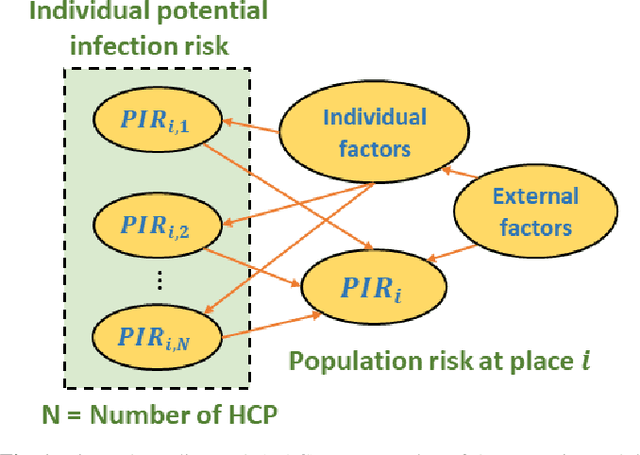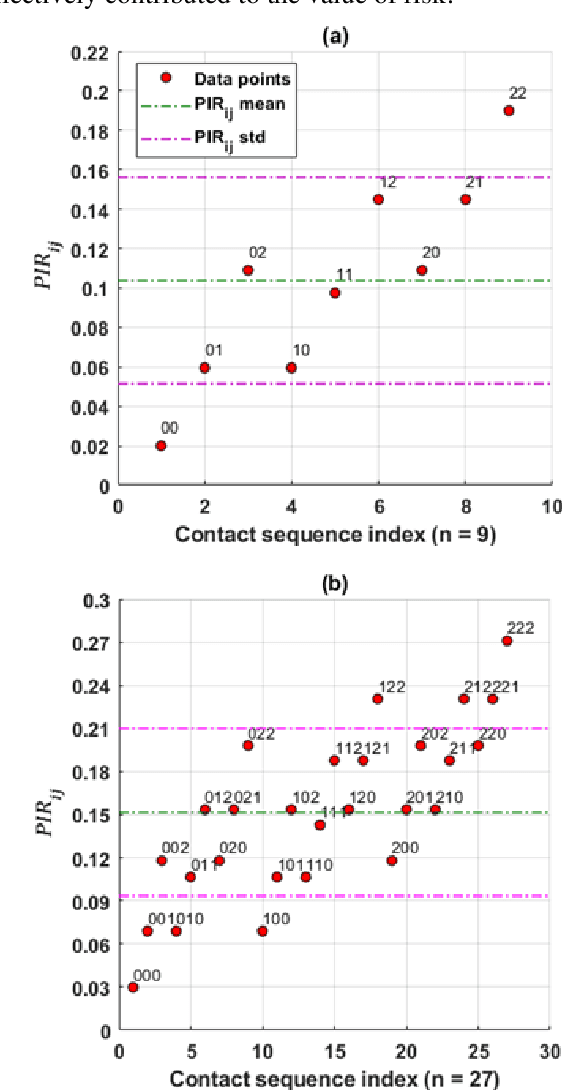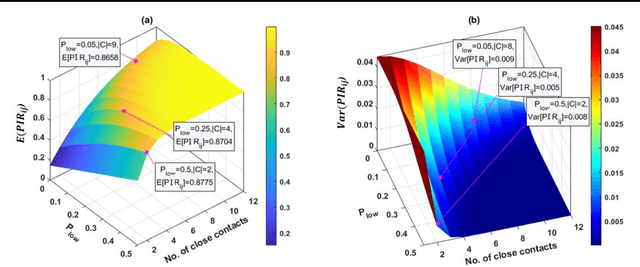Arveity R. Setty
A Probabilistic Domain-knowledge Framework for Nosocomial Infection Risk Estimation of Communicable Viral Diseases in Healthcare Personnel: A Case Study for COVID-19
Nov 05, 2021



Abstract:Hospital-acquired infections of communicable viral diseases (CVDs) are posing a tremendous challenge to healthcare workers globally. Healthcare personnel (HCP) is facing a consistent risk of hospital-acquired infections, and subsequently higher rates of morbidity and mortality. We proposed a domain knowledge-driven infection risk model to quantify the individual HCP and the population-level healthcare facility risks. For individual-level risk estimation, a time-variant infection risk model is proposed to capture the transmission dynamics of CVDs. At the population-level, the infection risk is estimated using a Bayesian network model constructed from three feature sets including individual-level factors, engineering control factors, and administrative control factors. The sensitivity analyses indicated that the uncertainty in the individual infection risk can be attributed to two variables: the number of close contacts and the viral transmission probability. The model validation was implemented in the transmission probability model, individual level risk model, and population-level risk model using a Coronavirus disease case study. Regarding the first, multivariate logistic regression was applied for a cross-sectional data in the UK with an AIC value of 7317.70 and a 10-fold cross validation accuracy of 78.23%. For the second model, we collected laboratory-confirmed COVID-19 cases of HCP in different occupations. The occupation-specific risk evaluation suggested the highest-risk occupations were registered nurses, medical assistants, and respiratory therapists, with estimated risks of 0.0189, 0.0188, and 0.0176, respectively. To validate the population-level risk model, the infection risk in Texas and California was estimated. The proposed model will significantly influence the PPE allocation and safety plans for HCP
 Add to Chrome
Add to Chrome Add to Firefox
Add to Firefox Add to Edge
Add to Edge